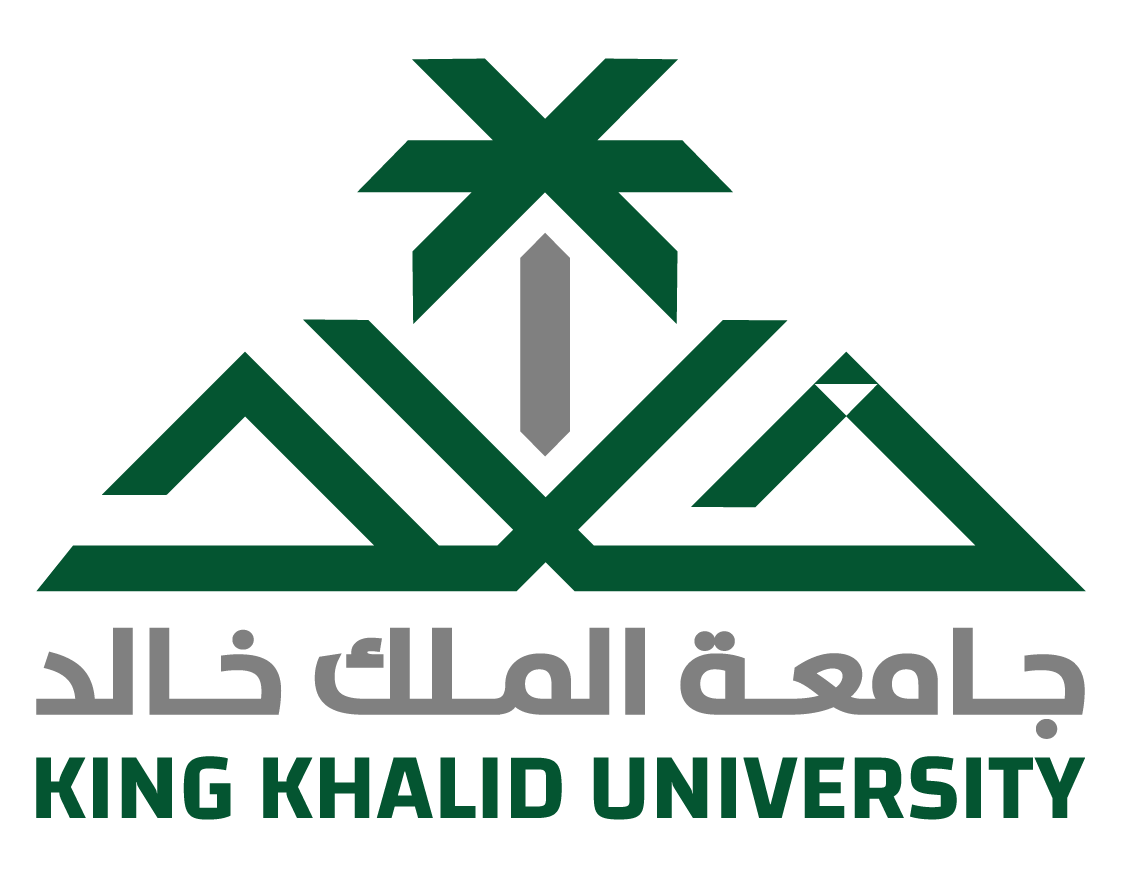A study from the University recommends the application of nanotechnology in the cement manufacturing.

An Assistant Professor of nonorganic chemistry, who is also the President of Systems and Information Department in the Faculty of Science and Arts of King Khalid University (KKU), Tehama branch, Dr. Inas Abdel Samie Ahmed Mohammed, has revealed that materials nano metric technology has made great progress with astonishing speed, and will be applied on a large scale. The Professor added that the nano metric technology is part of the twentieth century technologies, as it is the magic key to economic progress and development, based on science and knowledge.
Dr. Inas Abdel Samie also pointed out that that technique was unique because of its small dimensions standards. One of the several fields in which nanotechnology could be used is in the production of construction materials such as cement technology. The use of nanomaterial improves the properties of cement and reduces the energy consumed in its manufacture, in addition to contributing to the low-cost in cement production.
Through the study which she conducted in this regard, Dr. Inas Abdel Samie confirmed that the addition of nanoscale materials led to increased stiffness and mechanical durability due to the increased electrostatic attractive forces and the increase of the surface area of these materials.
The study examined the use of nanometric materials in the preparation of low-energy building materials. The study also aimed to prepare some nanoscale materials such as silica from sodium silicate, aluminum hydroxide from dross aluminum, calcium nitrate prepared from calcium acid, carbonate nitric to be used in the preparation of some cement extras such as beta silicate dual calcium, and calcium Silvwaluminac mono calcium aluminum. The raw materials samples were prepared and were analyzed using X-rays and images of transmission electron microscopy.
Dr. Inas Abdel Samie said, "The unit of nanometer is used to represent the dimensions of materials' atoms and molecules. Nano meter is equal to a part of the thousand million of a meter, and in other words the one meter contains a billion of a nanometer. And Nanomaterials are those distinct category of advanced materials that can be produced so that the dimensions of their internal crystallized grains range between 1-100 nm. The small size of these materials led to behave differently comparing to large-scale conventional materials"
Dr. Inas Abdel Samie pointed that the replacement of a ratio of the Portland cement by these additives which had led to the improvement of the exact composition of cement slurries and increased mechanical durability in the early and late stages of time. The replacement of cement with those additions had also led to a reduction in the energy consumed to produce it and had created new types of cement that are friendly environmentally, with low carbon dioxide proportion which emerged while manufacturing, and which is one of the most environmental pollutants.
The results of the study confirmed that the prepared nanometric material, such as silica, was the dimensions in the nanoscale range ≈ 13 nm and a high surface area. As well as aluminum hydroxide whose dimensions was ≈ 38 nm and surface area (m2 / g295).
The results also showed that the preparation of cement additives, which have been mentioned above of those nanometric materials, gave the best results compared to conventional materials, such as calcium carbonate, calcium acetate, and quartz.
The study recommended the application of nanotechnology in the manufacture of cement because of its significant impact on the improvement of the exact composition of cement slurries, as well as for saving money and energy consumed in the manufacture of cement, in addition to protecting the environment from pollution.
